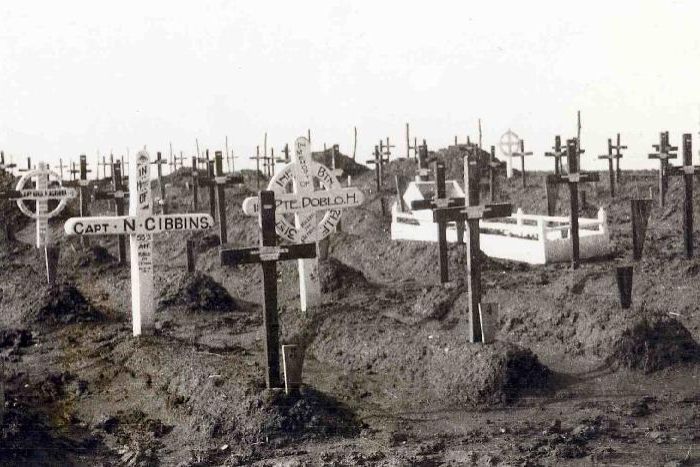Nothing in Australian military history before or since has matched this murderous advance at the battle of Fromelles.
Today, Fromelles in northern France is a small village with a population of approximately 900. Little has changed since July 19, 1916 when Australia suffered its highest military casualties in a single 24-hour period.
The Australian 5th Division—approximately 10,000 men, although some official figures put it higher—suffered over 5,500 casualties, including almost 2,000 killed, over 3,100 wounded, and approximately 400 captured by German soldiers. To put that into an even starker tragedy, the 60th and 32nd battalions had a 90% casualty rate. In fact, after 24 hours only a single officer of the 60th Battalion was still alive.
The Australian and British troops were ordered to seize about 2.5 miles (4 km) of front line German trenches in occupied French territory. These trenches were constructed before July 1916 after a German offensive and consisted of well-established concrete bunkers with trenches in front.
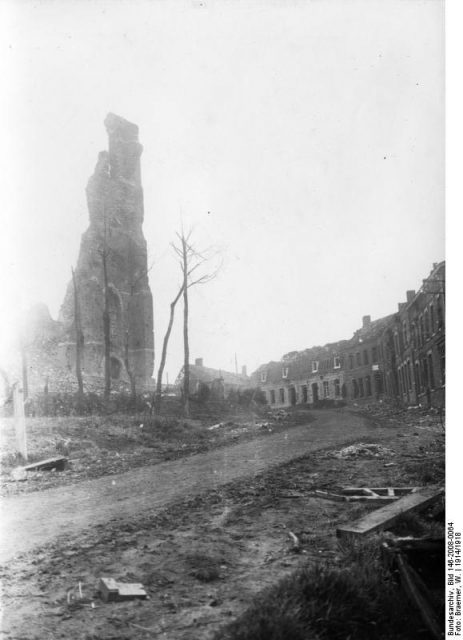
The area named the Sugarloaf salient. The Germans in these trenches were quite content to stay put and wait until German artillery had softened the British and Australian troops enough to enable a forward attack.
If this was successful, the Germans would then advance over no man’s land and overwhelm the Australian and British defenses and advance the front line by almost 0.3 miles (500 m).
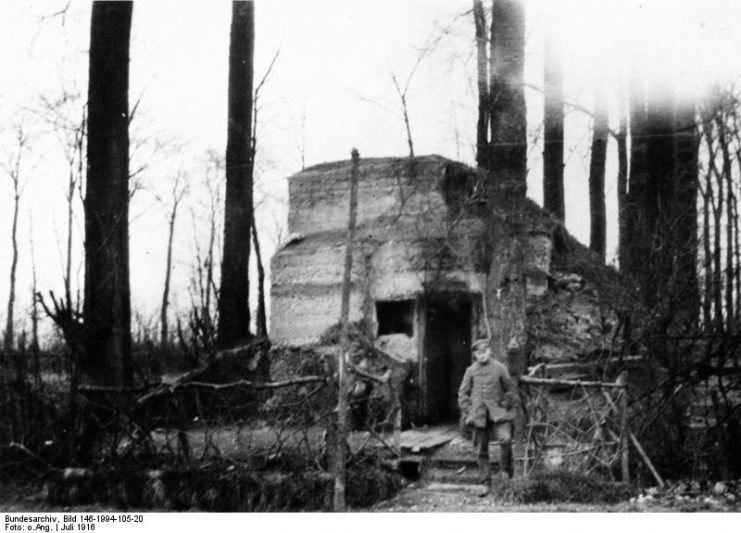
After weeks of little happening, the Germans were surely aware something was about to happen once British artillery began bombarding the German defenses on July 16, 1916.
The artillery was relentless in an attempt to both destroy German defenses and give Australian and British troops time to assemble and prepare for the attack. Yet despite the relentless bombardment, the Germans were able to observe the Australians moving into an attacking position.
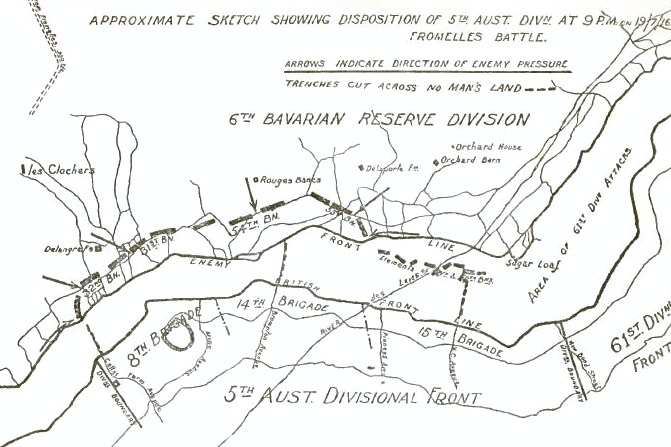
Having seen the Australians moving into their attacking positions and preparing the necessary equipment and supplies, German artillery stationed about 0.6 miles (1 km ) from the front line defensive positions began its own shelling. The result was that the Australians, in mere trenches rather than bunkers, suffered hundreds of casualties.
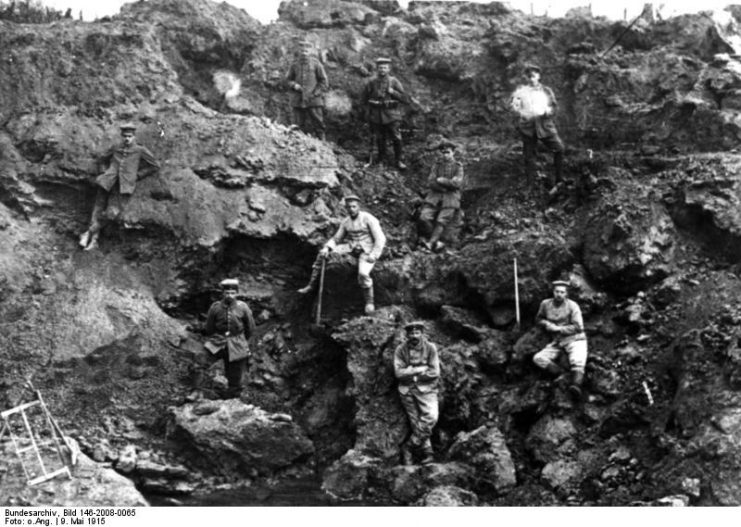
The Australians regrouped and attacked across no man’s land at 6 pm on July 19, 1916. It was pure slaughter with the Australian troops cut down by concentrated German machine gun fire. Nothing in Australian military history before or since has matched this murderous advance at the battle of Fromelles.
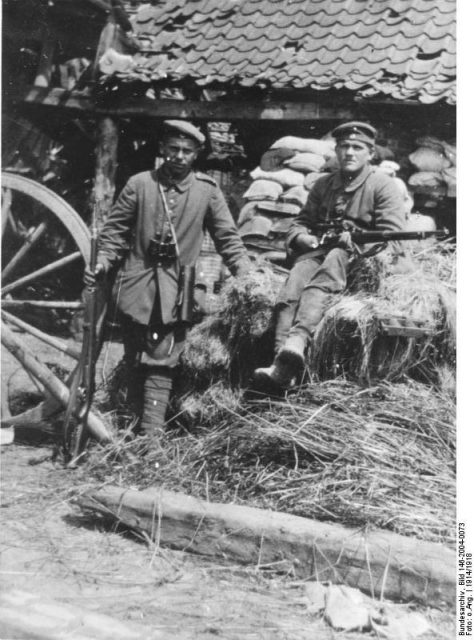
Some Australian soldiers managed to reach the first line of German trenches but were forced to retreat because the German’s second trench line was less than 110 yards (100 m) away. In addition to making the Australians retreat, the gun fire from the second trench line also made rescuing the wounded soldiers impossible.
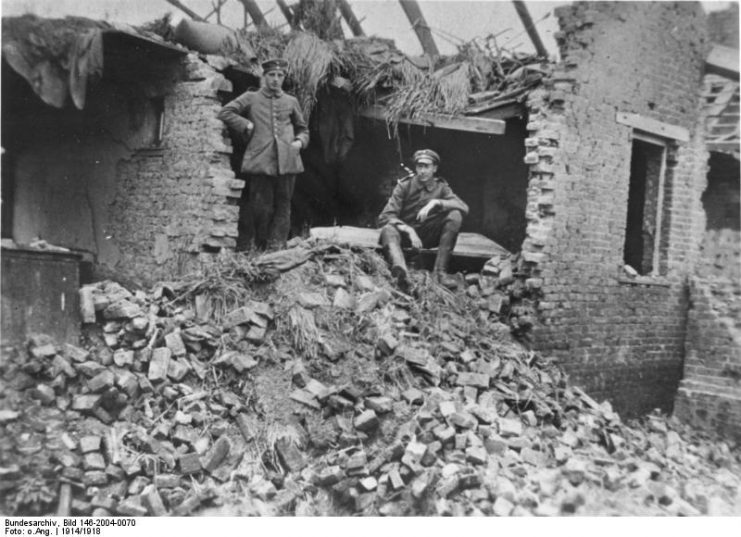
Many of the wounded in no man’s land either died there or attempted to return to the Australian lines after darkness fell. The Australians were eventually ordered to abandon their positions and were sent to other operations on the Western Front, leaving hundreds of dead and wounded Australians in no man’s land.
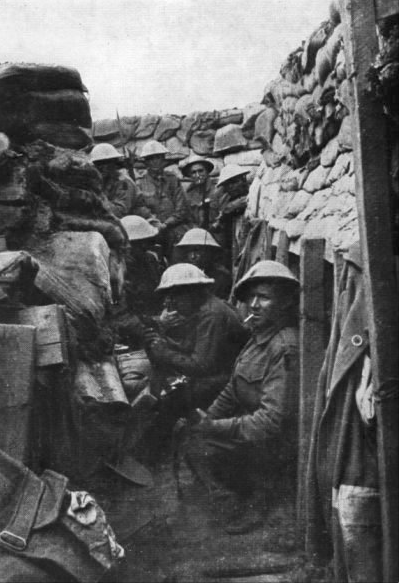
On Armistice Day on November 11, 1918, Charles Bean, Australia’s official war correspondent, visited no man’s land at Fromelles. The following day he wrote, “We found the old No-Man’s-Land simply full of our dead. The skulls and bones and torn uniforms were lying about everywhere.”

Commanders: Of course, in almost every major military avoidable disaster, those issuing orders that result in unnecessary casualties find excuses or downplay the seriousness of the event. Before the attack, the senior British commanding officer, General Richard Haking, who was 116 miles (190 km) from Fromelles suggested that the objective could be taken with a smaller force than what was envisaged.
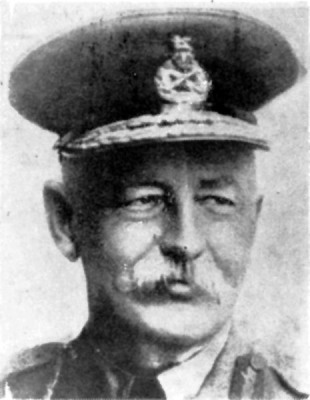
This was in sharp contrast to the thinking of Australian commander, Brigadier General Harold Elliot. Elliot thought that the assault across no man’s land was inadvisable. To confirm this he asked one of his senior officers, Major Howard, what he thought, to which Howard replied, “a bloody holocaust.”
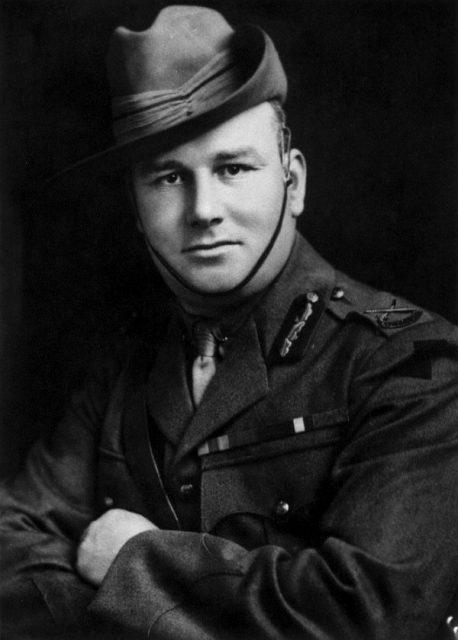
Nine decades after the Fromelles disaster, some 1,335 Australian soldiers were still classified as officially missing. In 2007, the remains of 200 Australian soldiers were uncovered from a mass grave and identified using DNA testing before being given a military funeral. A further 203 Australian soldiers were found in the same area in 2010. To date, 932 Australians lie in unknown graves.
Read another story from us: Fighting for Mother England: The Australian Infantry in WW1
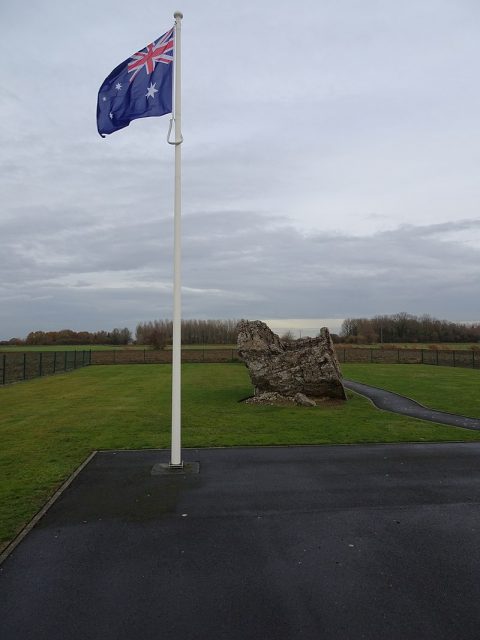
Finally, approximately 10% of the Australian soldiers captured at Fromelles died in captivity, likely due to their wounds or disease.
